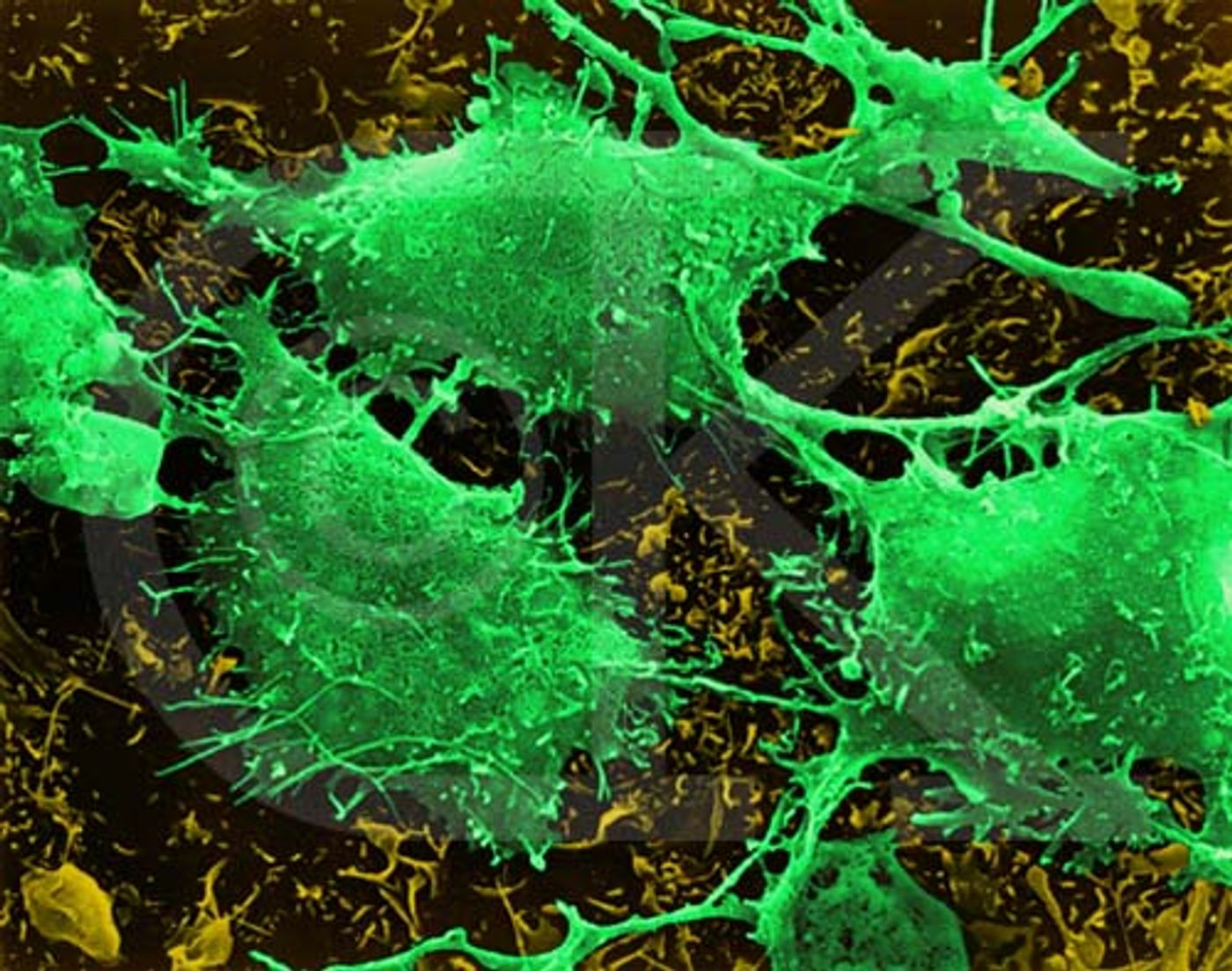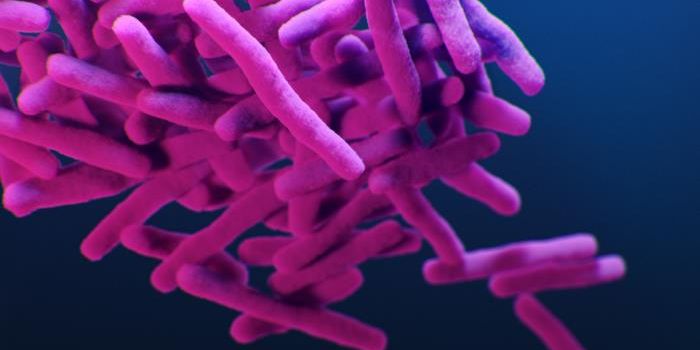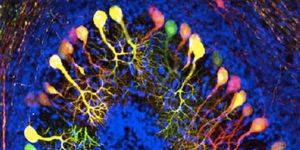Some malignant tumors found in brain cancer patients or in some types of leukemia have specific mutations in the IDH1 or IDH2 genes. Mutations within these genes cause an overproduction of 2-hydroxyglutarate (2HG), which is a known metabolite that promotes carcinogenesis. The overproduction of this metabolite causes impaired homologous recombination in the tumor cells and induces a sensitivity to PARP inhibitor-type cancer drugs. A mutant cell’s sensitivity to these specific cancer drugs stems from an enhancement in the cell’s susceptibility to DNA-damaging agents.
PARP inhibitors disrupt the enzyme poly ADP ribose polymerase (PARP). The drugs were created to treat different forms of cancer. Certain types of cancer tend to be more dependent on the PARP enzyme in maintaining their DNA integrity and initiating programmed cell death than healthy cells. This makes PARP an appealing and specific target for cancer therapies.
Traditional therapies for IDH1/2 mutations in cancer cells block the overproduction of 2HG with the intention of decreasing tumor growth by stopping tumor progression. However, new data suggest that since 2HG also negatively affects homologous recombination, that the target should be inhibiting DNA repair mechanisms that can then kill the tumor cells instead of trying to regulate 2HG. By inhibiting DNA repair mechanisms and exposing cells to drugs that harm DNA, the cells cannot survive.
A research group from Yale University, led by senior authors Ranjit Bindra and Peter Glazer, created different cell lines with IDH1 and IDH2 mutations to test various cancer drugs for sensitivity to blocked DNA repair. Their findings highlighted the ovarian cancer drug, olaparib, which caused a 50-fold increase in brain tumor cell death.
“Our work at Yale has practice-changing implications, as our data suggest an entirely new group of tumors can be targeted effectively with DNA repair inhibitors, and that possibly these patients currently are not being treated with the most optimal approaches,” said senior author Dr. Ranjit Bindra, assistant professor of therapeutic radiology and of experimental pathology.
Co-senior author Dr. Peter Glazer, professor of therapeutic radiology and of genetics, added, “Our work raises serious caution regarding current therapeutic strategies that are aimed at blocking mutant IDH1 and IDH2 protein function, as we believe the DNA repair defect should be exploited rather than blocked.”
The results from the cell line experiments are robust enough to begin planning clinical trials around the approach. The clinical trials will further test the ability for DNA repair inhibitors to successfully halt the growth and potentially even cause the death of brain tumor cells that contain IDH1 and IDH2 mutations. With the sensitivity observed in mutant cells treated with olaparib, the team is confident that they will see a similar effect in people.
Sources: Yale News, Science Translational Medicine









